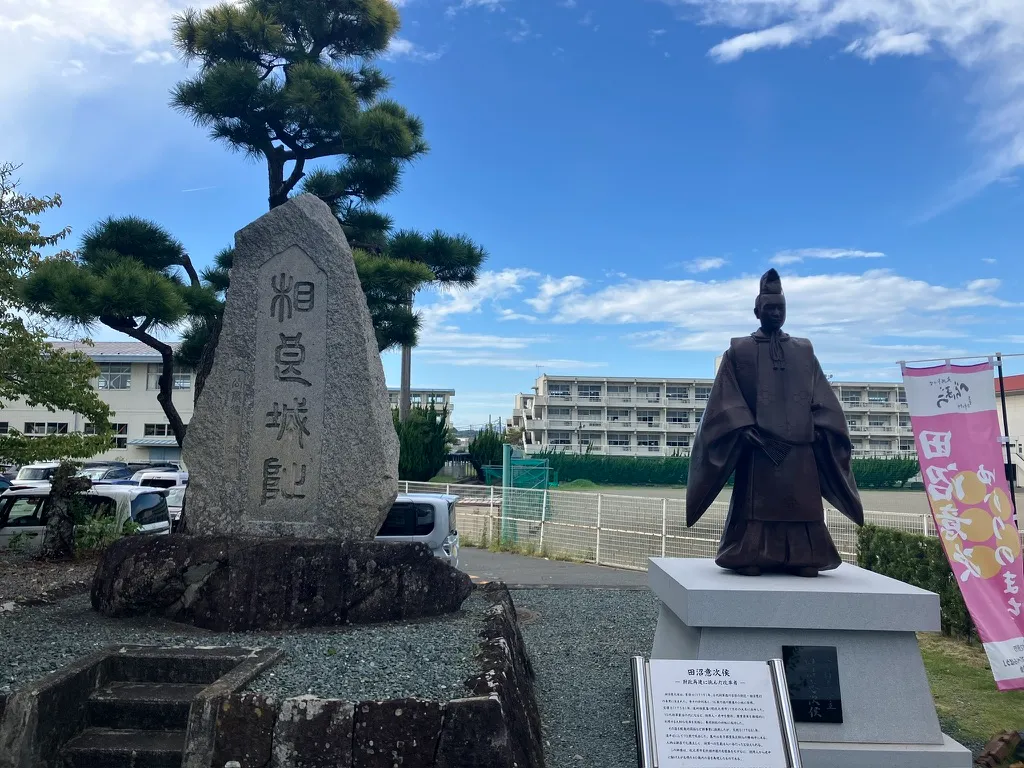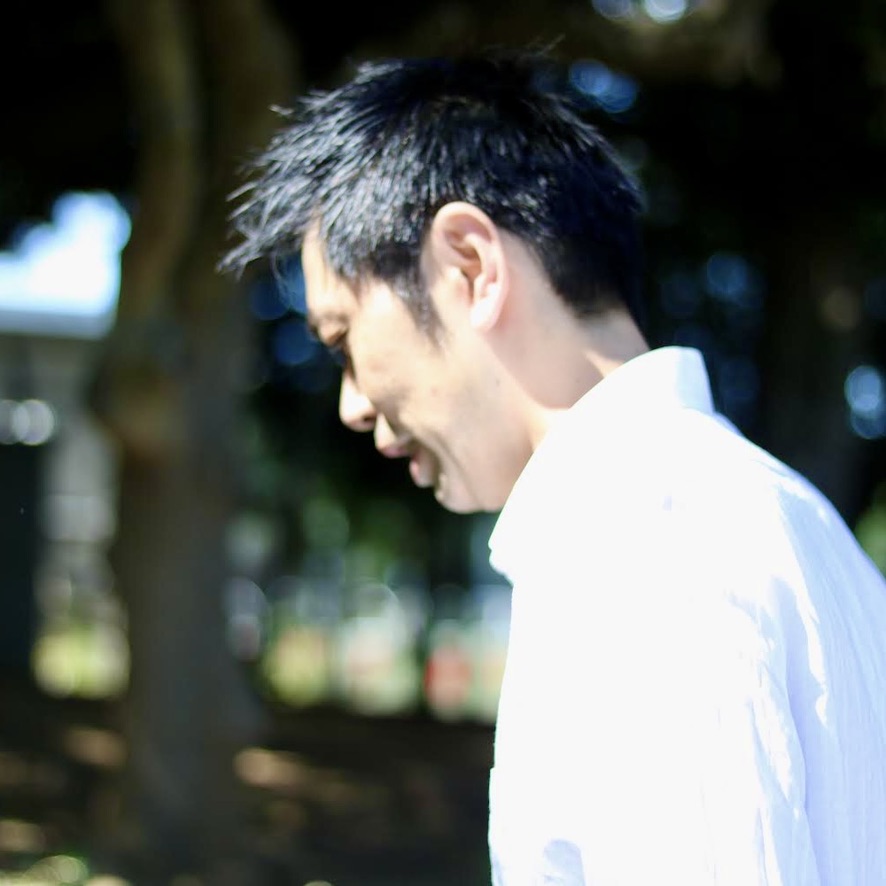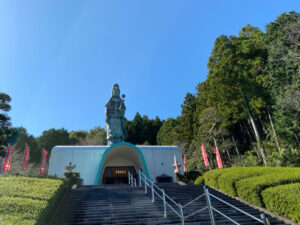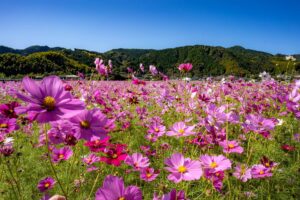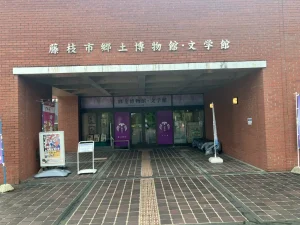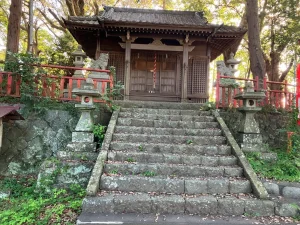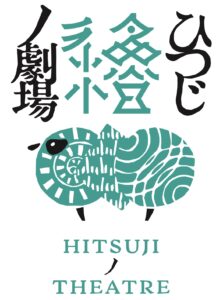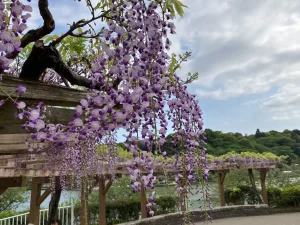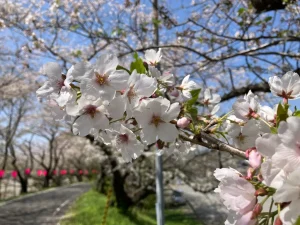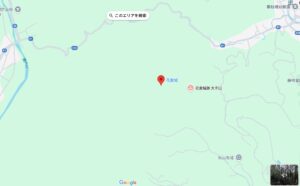This article was created using a translator. There may be expressions that are difficult to understand. If you have any questions, please check by yourself.
Please consult us about anything related to Fujieda City.
CONTACTEveryone, this might come out of the blue, but have you ever heard of Tanuma Okitsugu?
If you have even a passing interest in Edo period history, you might have heard the name somewhere.
Some might remember him with a slightly negative image, perhaps from phrases like “Tanuma’s bribery politics.” But actually, Tanuma Okitsugu was also a “reformer” who implemented quite progressive policies.
Recently, Tanuma Okitsugu has been gaining renewed attention as a key figure in NHK’s Taiga drama “Berabou” (2025).
While Tanuma Okitsugu has long been seen as a villain, many viewers watching the drama and learning about his true nature as a politician probably thought, “He was surprisingly impressive!”
This Tanuma Okitsugu actually has deep connections to present-day Fujieda City.
This time, let’s casually explore history by introducing spots related to Tanuma Okitsugu, the “Tanuma Highway” named after him, and his castle, Sagara Castle!
What kind of person was Tanuma Okitsugu?
Tanuma Okitsugu was born in 1719 (the 4th year of the Kyoho era) in Toei Province (present-day Sagara, Makinohara City, Shizuoka Prefecture).
From a young age, he served the Tokugawa family and gained the trust of Tokugawa Ieharu, grandson of the 8th Shogun Tokugawa Yoshimune, rapidly advancing his career. He eventually rose to become a senior councilor (Rōjū) at the heart of the Edo Shogunate, becoming a figure who wielded real political power.
The Edo shogunate faced severe financial difficulties at the time. The reliance solely on rice taxes had reached its limits. Iiji focused on economic policies that leveraged commerce and distribution.
He implemented quite advanced reforms for the era, such as attempting to restore finances through monopolizing copper, Korean ginseng, and marine products, and promoting canal construction and new rice field development.
Let’s walk along the Tanuma Highway
The name of Tanuma Okitsugu lives on in the “Tanuma Highway.”
During the Edo period, this secondary road branched south from Fujieda Station on the Tōkaidō, connecting to Sagara (present-day Makinohara City). Imagine it extending south from the area around the current Fujieda City Hall.
This road was used for communication with Edo and transporting goods when Oikuchi became lord of the Sagara domain and fortified Sagara Castle. By connecting directly to Fujieda-juku on the Tōkaidō, it became a vital artery linking Sagara to the political and economic center.
Even today, parts of the route retain their original appearance, and more people are enjoying walking along this historic road.
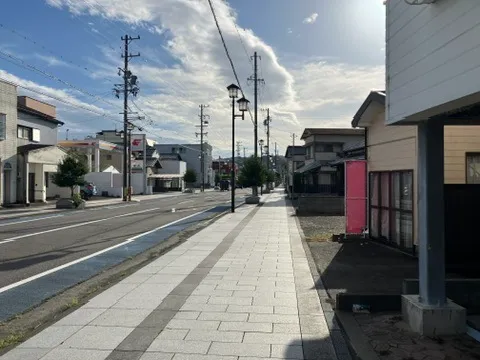
Near the Sagara Castle Ruins
Sagara Castle Ruins and Statue of Tanuma Okitsugu
Sagara Castle, once the seat of Tanuma Okitsugu, now houses the Sagara Office of Makinohara City Hall.
Construction began in the mid-Edo period. It was fully developed after Okitsugu became feudal lord.
Though called a castle, it lacks the high stone walls and keep typical of Sengoku-period castles. Instead, it has the feel of a castle town serving as a political and economic hub.
A statue of Tanuma Okitsugu stands at the castle ruins, its imposing figure quite striking. It’s there, you know~~ “Bera-bou” lol
Looking at Okitsugu’s statue, it’s strange how a figure from history textbooks suddenly feels so much closer.
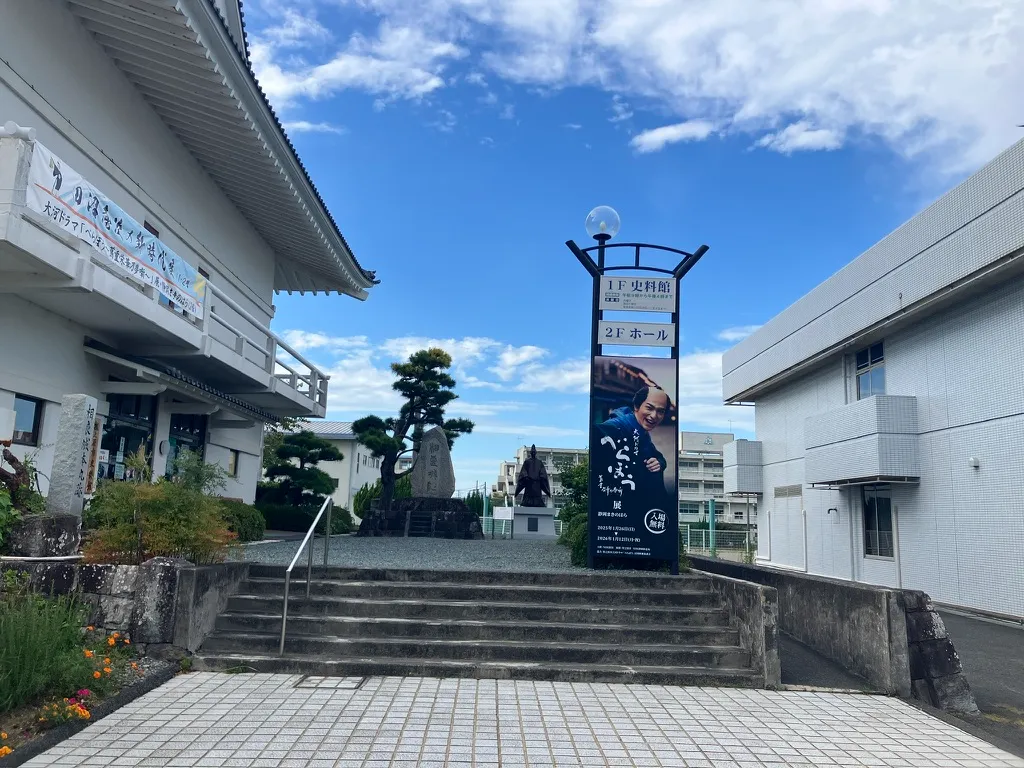
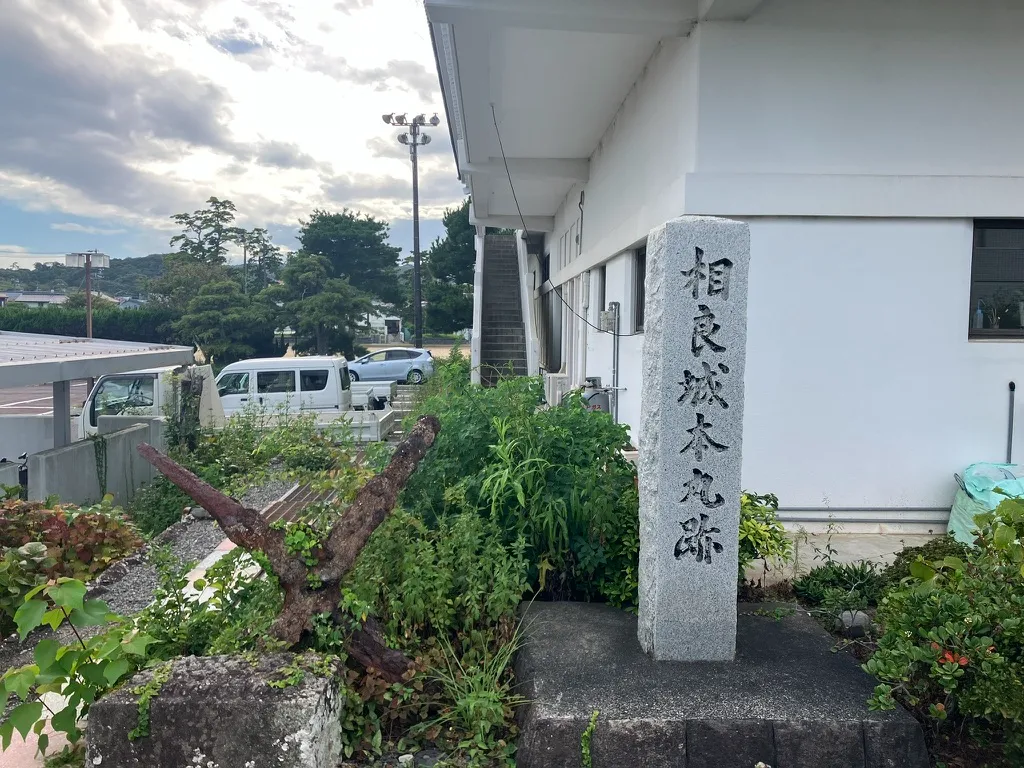
Historical Materials Museum · Pine Tree at the Second Bailey of Sagara Castle
Near the castle ruins is a historical museum displaying materials related to Tanuma Okitsugu and the Sagara Domain.
Domain administrative documents, glimpses into daily life, economic policy materials—taking your time to look through them seems to reveal the real picture of the “Tanuma Era.”
Why do I say “seems to reveal”? Because… it was closed 💦
If you’re thinking, “You should’ve checked properly before going!!”—you’re absolutely right❗️ Seriously, what was I thinking? lol
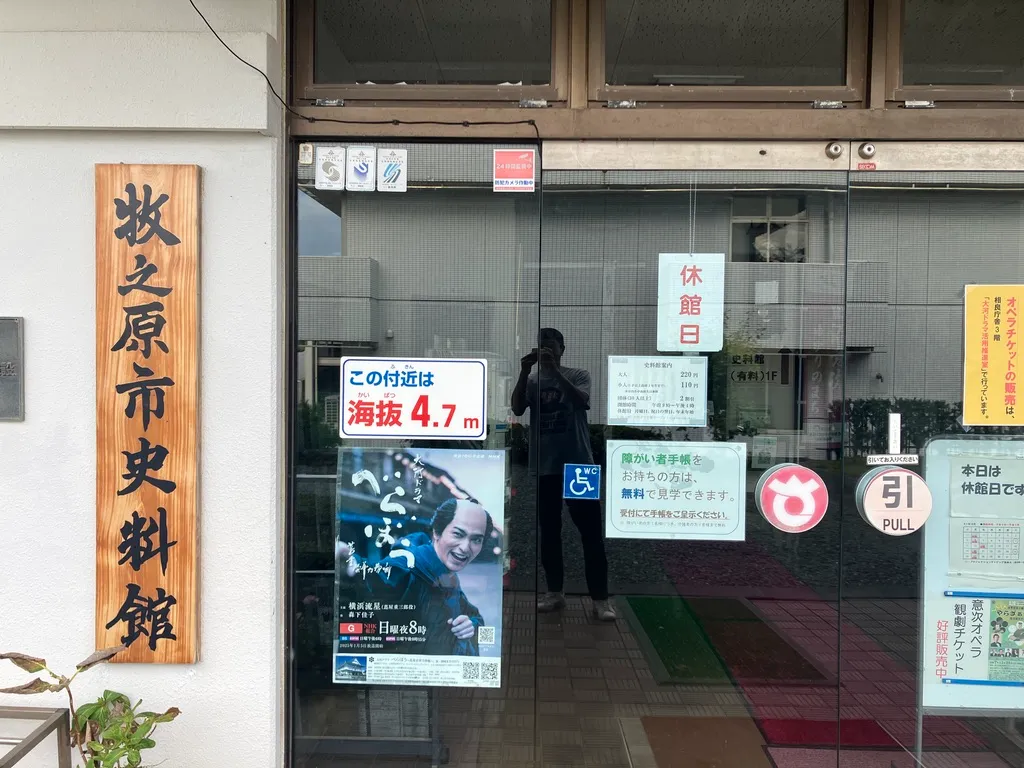
I’ll visit again someday.
And right near the museum stands a magnificent pine tree known as the “Sagara Castle Ninomaru Pine.”
This pine is said to have rooted itself in this very spot since the era, making it a true “living witness.” Tanuma Okitsugu might have gazed up at this very pine. So romantic~
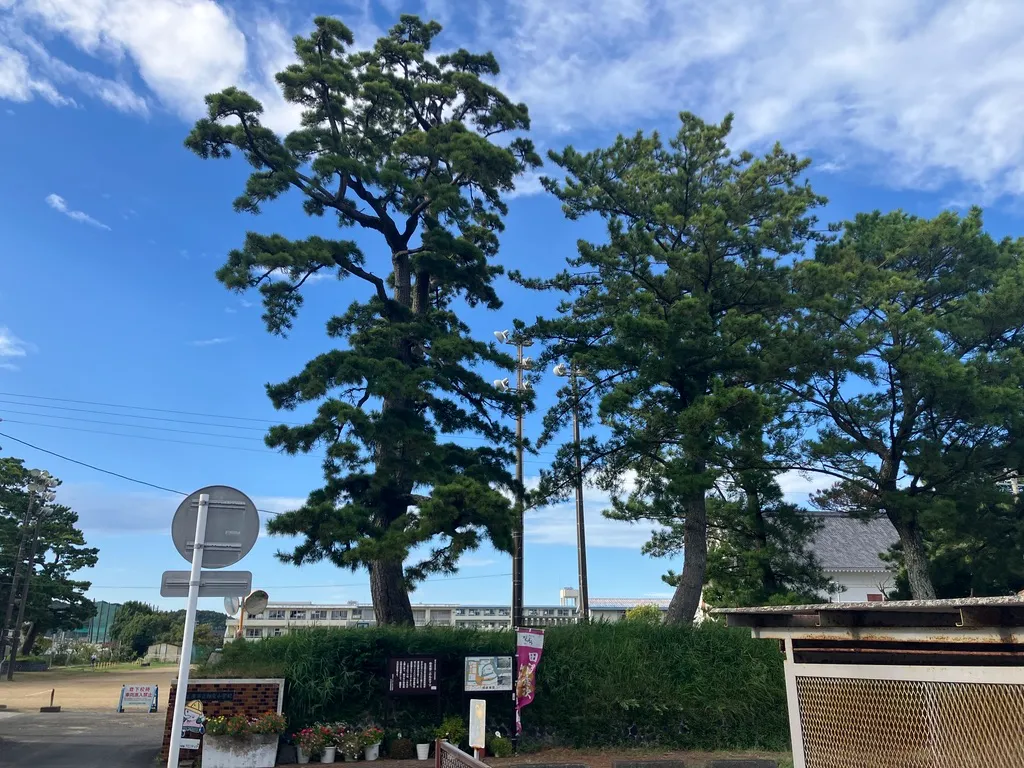
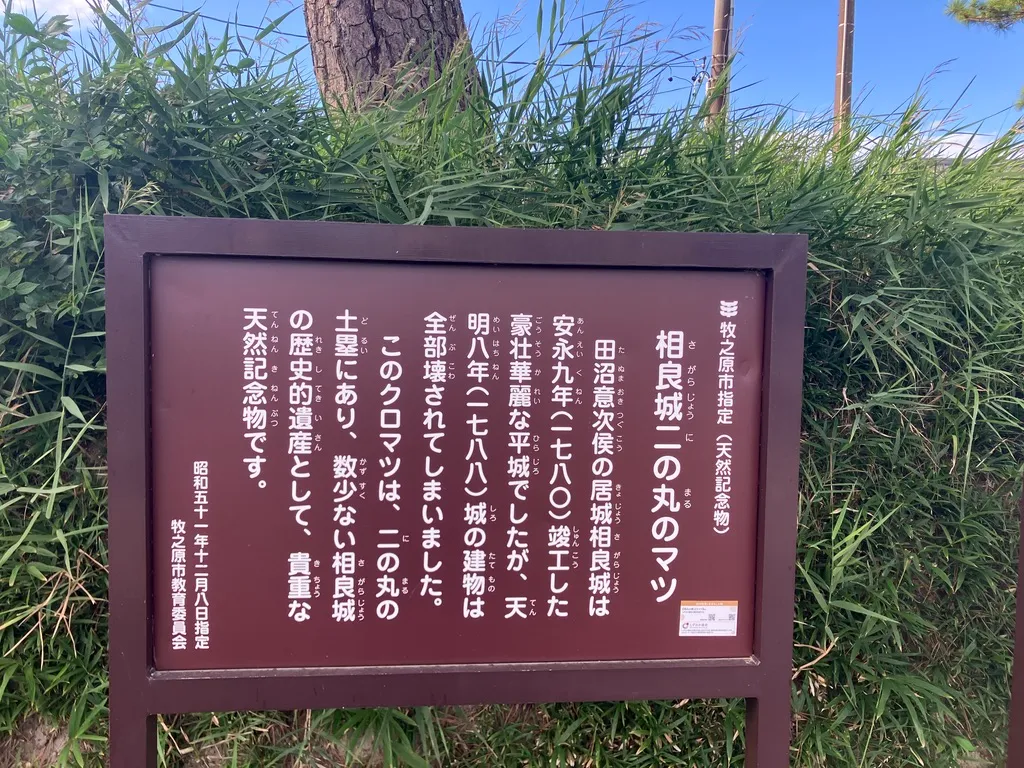
Daitaku Temple
Osawa Temple, located just near the ruins of Sagara Castle, is known as a temple associated with the Tanuma family.
The temple grounds are enveloped in a quiet, serene atmosphere, giving the impression of a place cherished and preserved by the local community rather than a tourist destination.
The mountain gate and main hall retain a presence that evokes history, allowing visitors to sense the lingering traces of the Tanuma era.
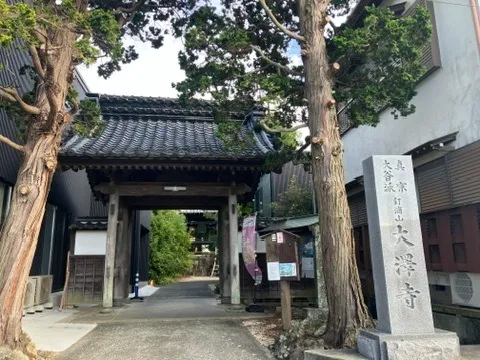
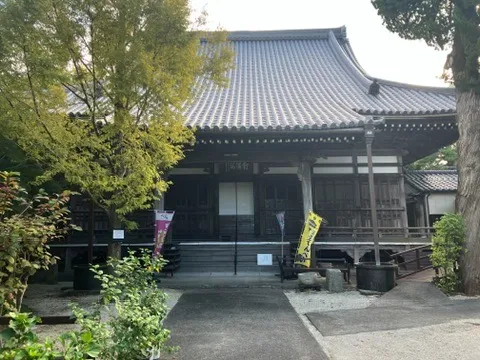
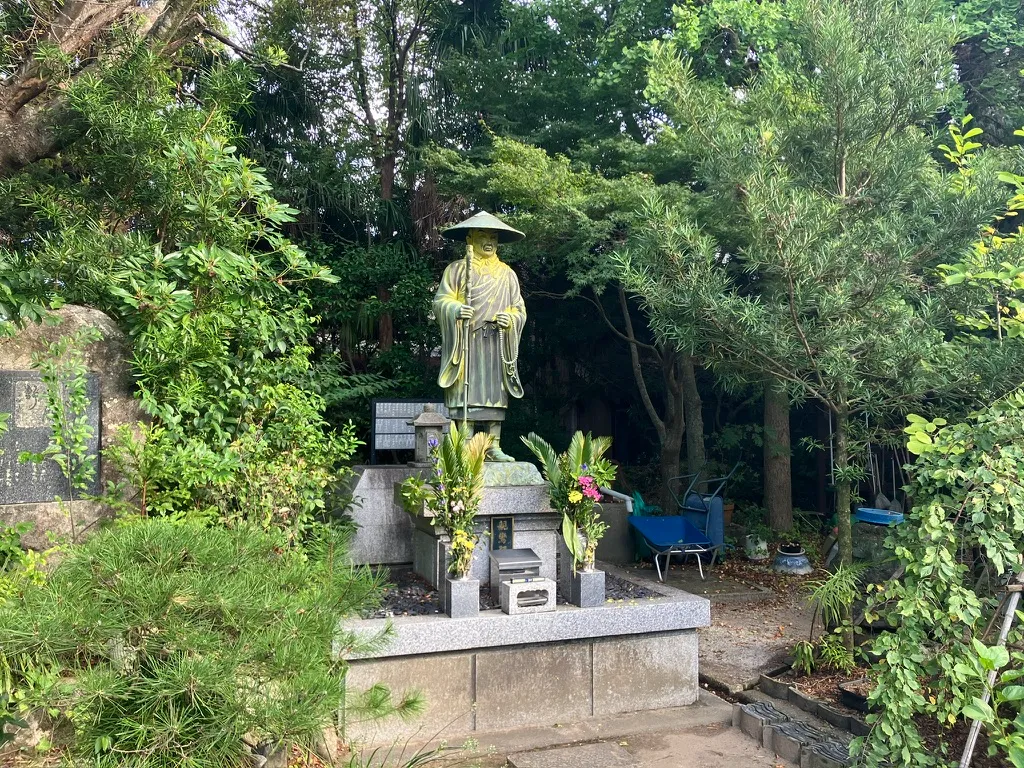
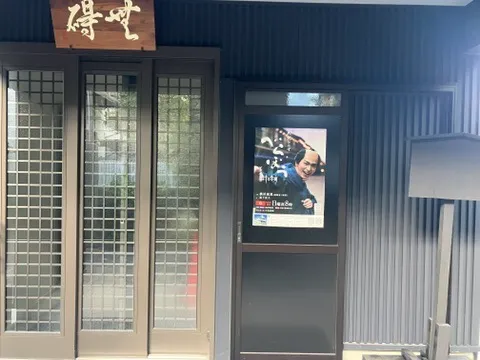
Jōshinji Temple
Jōshinji Temple, located a short distance away, is also a temple with deep ties to the Tanuma family.
It is known as one of Tanuma Okitsugu’s family temples, and historical records chronicling his achievements remain preserved here.
Though compact, the temple grounds possess a charming atmosphere, making it the perfect place to stroll leisurely and let your thoughts wander to the history of days gone by.
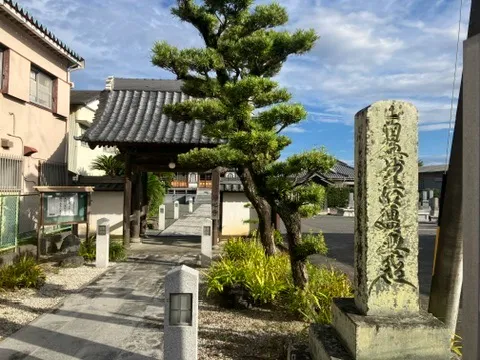
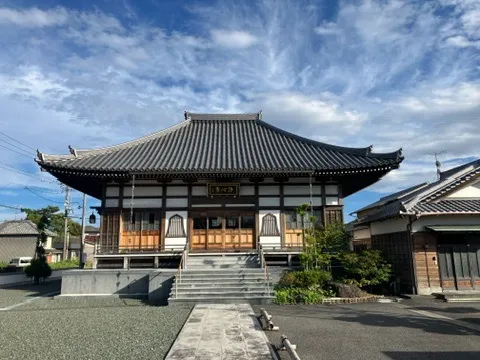
Relationship with Fujieda City
The route connecting Sagara and Edo built by Tanuma Okitsugu. Fujieda-juku served as its starting point.
Fujieda-juku flourished as a post town along the Tōkaidō and was also the junction with the Tanuma Kaidō.
Even today, Fujieda City retains many streets and historic sites echoing its post town past. We recommend exploring the Tanuma Kaidō while strolling through the town.
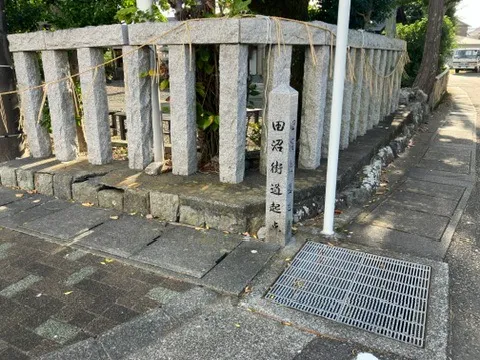
Tanuma Highway Starting Point Marker
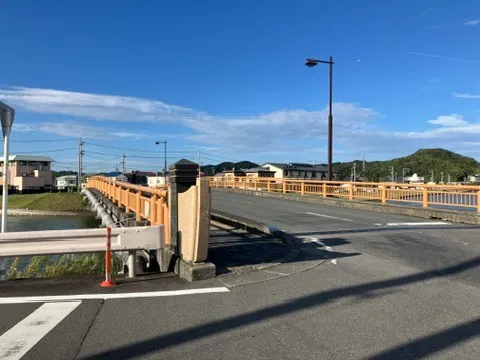
Bridge near the Tanuma Highway Starting Point Marker
The drama “Berabou” drew attention, and I experienced it firsthand on location!
Thanks to the NHK historical drama “Berabou,” interest in Tanuma Okitsugu is surging right now. After seeing the political backstage and human relationships depicted in the drama, actually visiting places like Sagara and Fujieda gives you the feeling of stepping right into the story.
…Maybe that’s a bit of an exaggeration lol. But I did see plenty of “Berabou” posters and banners at the places I visited this time~
Walking the Tanuma Kaido road that Iiji himself walked brings history much closer.
In conclusion
Tanuma Okitsugu is often criticized in textbooks as a proponent of “bribery politics,” but viewed from today’s perspective, his reforms emphasizing commerce and transportation networks were remarkably progressive.
Visiting his hometown of Sagara and the surrounding Fujieda area allows you to feel the “living history” that dramas alone cannot convey.
The Tanuma Highway is easily accessible from Fujieda City. Why not take the NHK drama as an opportunity to enjoy history and a stroll through the town?


